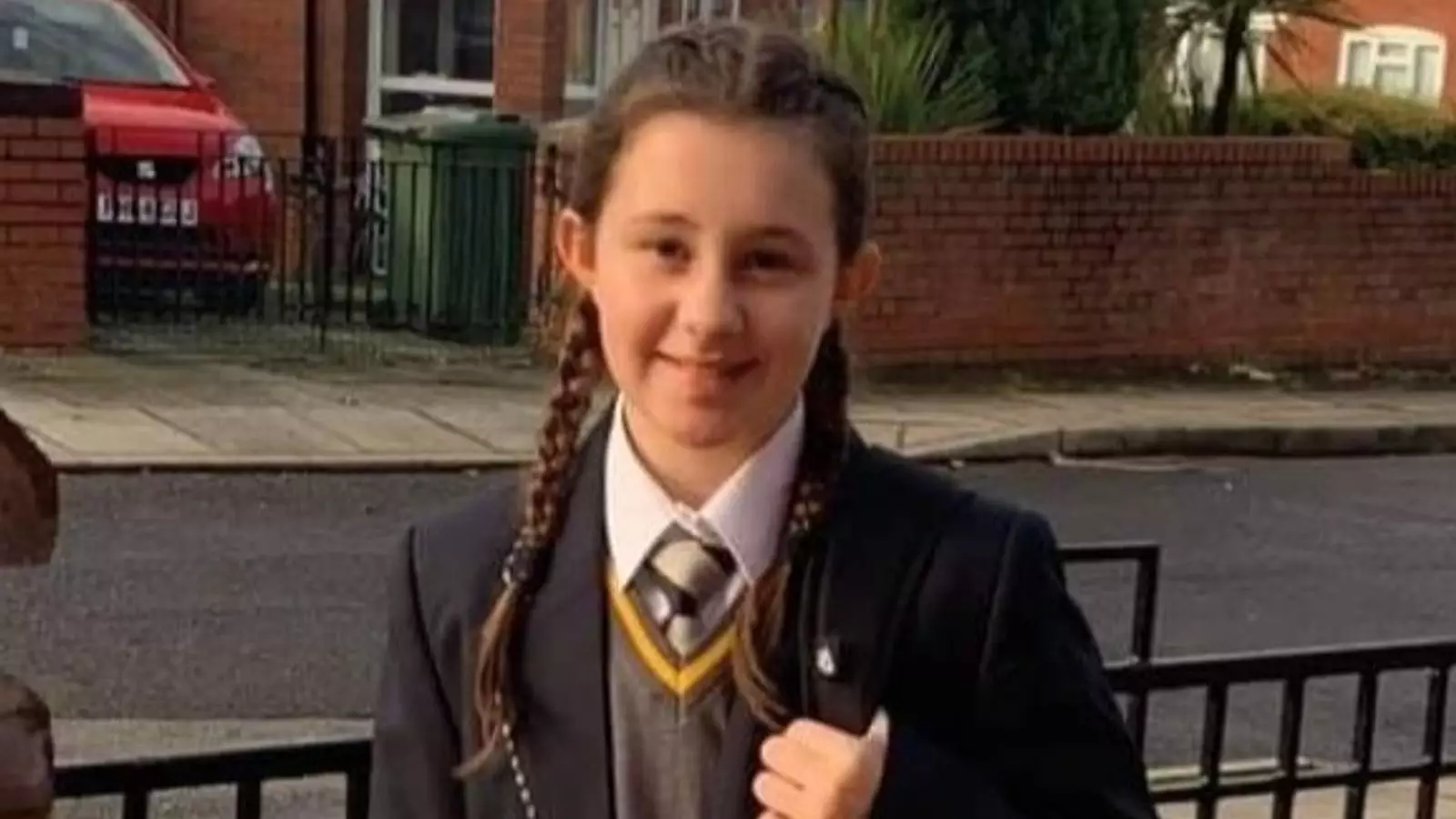In a society that once shielded us from the harsh realities of juvenile crime, the recent public identification of Harry Gilbertson, the teenager responsible for the tragic death of 12-year-old Ava White, brings to light the complicated nuances surrounding youth offenders. Now that Gilbertson has turned 18, the curtains of anonymity have been pulled back, revealing a portrait that evokes horror and disbelief. A boy who committed an unforgivable act now walks the world as a young adult, leveling the playing field of accountability amidst an apathetic society. Ava’s mother, Leeann White, has been an unwavering force, demanding the world recognize Gilbertson’s transgressions. “I wanted the whole world to know who he was,” she proclaimed. This sentiment echoes within a society hungry for justice, feeling disheartened as the victim’s family confronts the reality of their loss while the perpetrator is seemingly allowed to navigate adolescent milestones.
The Contrast of Suffering and Privilege
Analyzing the stark discrepancies between Ava’s lost potential and Gilbertson’s continued existence stirs resentment. White has stated, “It should have been Ava sitting her GCSEs, not him.” This statement cuts deep, reminding us of the privileges afforded to Gilbertson—privileges that seem grotesque against the backdrop of Ava’s absence. The painful juxtaposition of a young killer, who remains relatively unscathed in terms of punitive measures, poses serious questions about our youth justice system. Witnessing Gilbertson thrive, even in the minimal scope of passing academic milestones while Ava’s life has been irrevocably altered, provokes outrage. It appears as if our justice system oscillates between compassion for the young offender and the mourning family grappling with the defining grief of losing a child.
A Culture of Complacency Around Knife Crime
The brutal reality of knife crime is a ticking time bomb in our society. Ava’s assassination was not an isolated incident but rather a symptom of a larger, systemic issue that is only intensifying. White’s establishment of a foundation to provide bleed control kits to schools and businesses signals a desperate plea for progress in combatting the insidious rise of such violence.”I think every establishment should have one,” she advocates. This proactive approach comes from a place of immense heartache, suggesting that if society cannot prevent these tragedies, we at least owe it to our youth to equip them adequately in case we fail them.
This only highlights a troubling source of tension: why are youth violence and knife crime seemingly met with underwhelming responses from policymakers? The chilling reality is that our institutions may prioritize the protection of offenders over supporting bereaved families—an imbalance that not only perpetuates violence but also fosters a climate of fear and disillusionment, especially among young people.
The Burden of Disclosure
A particularly troubling aspect of this unfolding tragedy is how the legal system appears to favor the interests of the young offender over those harmed. While Judge Mrs. Justice Yip mandated a reporting ban to protect Gilbertson’s younger siblings—one of whom didn’t even know about the trial—the same consideration was glaringly absent for Ava’s family. “I feel like they’ve done everything they can to protect him and his family,” lamented Leeann White. This sentiment forces us to confront a moral dilemma: what does justice truly mean when the systems we trust for protection seem to fail those most deserving of compassion?
Continuing the Legacy of Ava White
In an unthinkable display of resilience, Leeann White is converting her grief into a powerful legacy that seeks to save lives. While it could be easy for her to shatter under the weight of her pain, she has chosen instead to channel her heartbreak into a mission that transcends her personal loss. The statistics behind her foundation’s success, rescuing lives with the installation of bleed control kits, affirm that Ava’s memory will not fade into oblivion.
What’s most evocative is the sentiment that Ava deserves to be remembered—she is more than just a statistic, more than the headline that chronicles a youth’s downfall. The faint hope that her existence can evoke change is a testament to the inevitable feeling that derives from such a profound loss. While the system may struggle to balance the scales of justice, Ava White’s name will continue to resonate, a quiet yet unyielding reminder that we must keep fighting for a world where no family has to endure the devastation brought by youth violence.


Leave a Reply